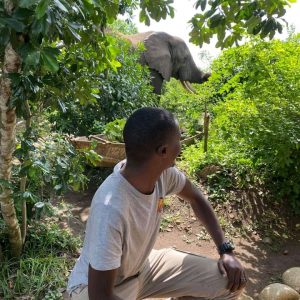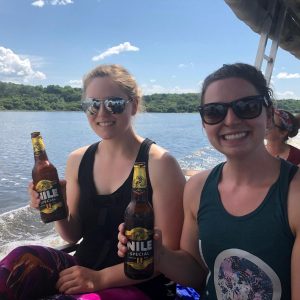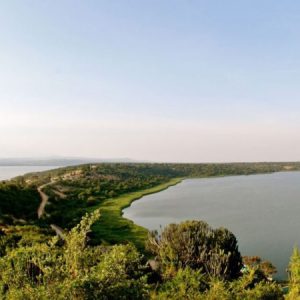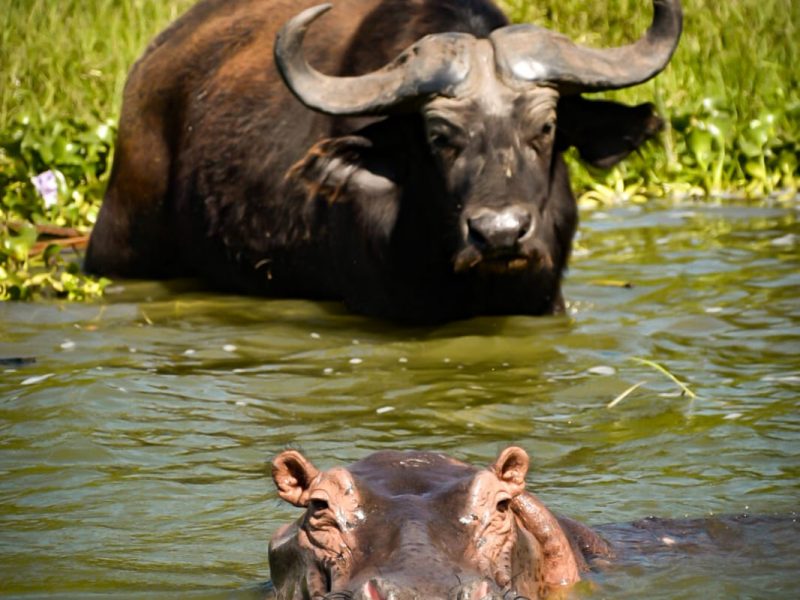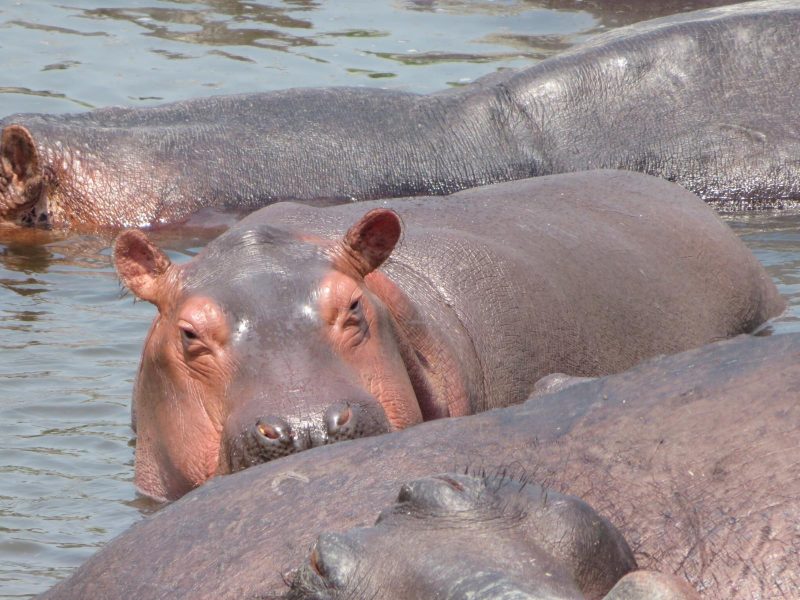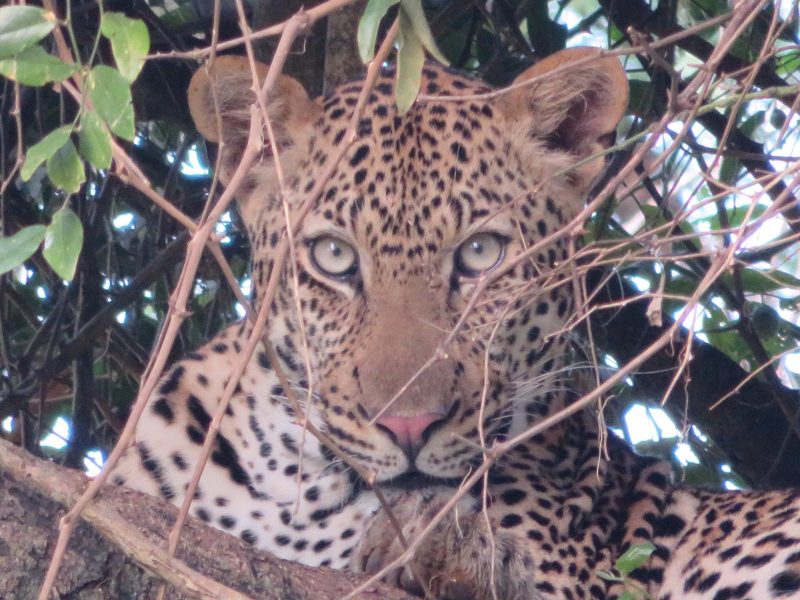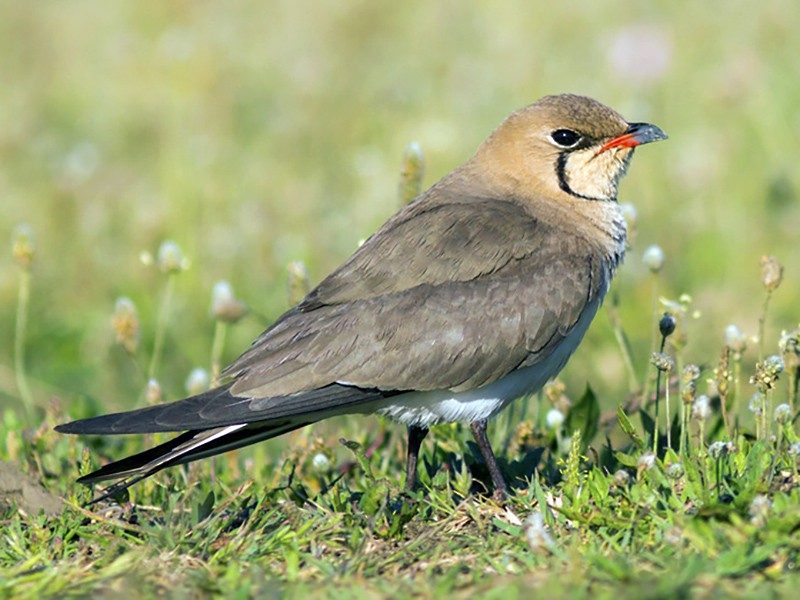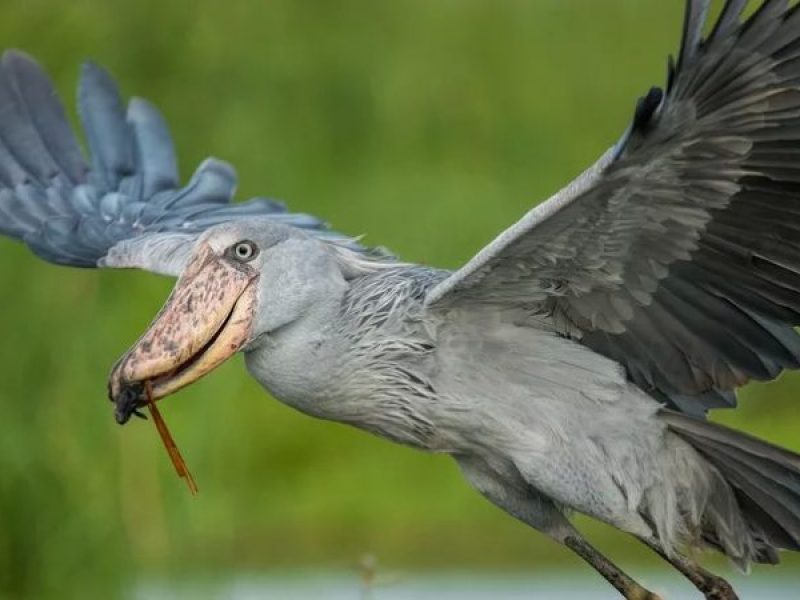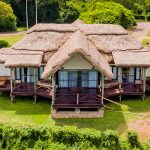Queen Elizabeth National Park
Queen Elizabeth National Park
Queen Elizabeth National Park (QENP) is in the Western Region of Uganda, spanning the districts of Kasese, Kamwenge, Rubirizi, and Rukungiri. The park was founded in 1952 as Kazinga National Park by combining the Lake George and Lake Edward Game Reserves. It was renamed two years later to commemorate a visit by Queen Elizabeth II. Overall, the park is home to 95 mammal species and over 600 bird species.
Tree Climbing lions
King of the Jungle
Famous for its tree climbing lions in the Ishasha Sector, Queen Elizabeth National Park is truly a medley of wonders.
Famous For
Tree climbing lions can only be found in the Ishasha sector of Queen Elizabeth National Park of Uganda and in Lake Manyara National Park of Tanzania. The park is also known for its abundant wildlife, including African elephant, African buffalo, Ugandan kob, hippopotamus, topi, waterbuck, warthog, giant forest hog, Nile crocodile, leopard and Spotted hyena. The park is home to 618 bird species which is the 6th highest diversity in the world and the highest in Africa making it a perfect destination for Birding Safaris.
The park can be accessed both by road and air. By road at least seven hours covering a distance of 250 miles and by air it takes an hour or two from Entebbe international airport or Kajjansi Airfield near Kampala. The closest airports to Queen Elizabeth National Park are Kasese, Mweya and Ishasha.
Adult foreign non-residents pay 40$, Foreign residents pay 30$, East African citizens pay ugx20,000. Children foreign non-residents pay 20$, foreign resident children pay 10$ and East African children pay UGX 5000 per day, that is 24 hours. Any extra minutes is counted an extra day.
The general concept of ‘when to visit’ doesn’t necessarily apply to Uganda. Uganda has two seasons (Rainy and Dry) It is mostly a drier season from June to early October and again in December through to early March. It comes down to personal preference of what you prefer.
At a glance
Queen Elizabeth national park is the best protected area and a top tourist destination in Uganda with quiet a diversity of wildlife. It is also the second to Murchison falls national park when it comes to size. Visits to the park include a game drive on the Mweya Peninsula and boat cruises along the Kazinga Channel. Additional activities include visiting the chimpanzees in Kyambura Gorge, taking a game drive in the Ishasha sector of the park in search for tree-climbing lions, and visit the crater lakes or the salt pans at Katwe.
Kazinga Channel Boat Cruise
Kazinga channel is water channel that connects Lakes George and Edward together. It is a 40KM long stream of water located beneath the famous Mweya peninsular. A boat cruise is one of the top highlights while visiting the park. It is a 3-4 hour activity done twice a day (morning and evening) This is one of a kind of experience as you get to see elephants, hippos, buffalos, antelopes and a wonderful range of aquatic bird life. This is home to one of the world’s largest concentrations of hippos.
Mweya Peninsula Game Drive
The Mweya Peninsula located on the northern bank of the Kazinga Channel provides splendid views over the water with sights stretching all through to the Rwenzori Mountains. The Mweya Peninsula is one of the best places to start your game drive and offers an assortment of game trails with many natural animal tracks. It is no wonder Mweya Peninsula is the most visited place in Queen Elizabeth National Park. A game drive through the area will give you an opportunity of finding the indefinable leopard, herds of elephant, water bucks, buffaloes, warthogs and many more.
Kyambura Gorge Chimp tracking
Kyambura Gorge known as 'the valley of Apes' is 1km across and 100m deep and spans a distance of 11km. The area is an important water source for many animals and is surrounded by savanna, but is generally noted for its high concentration of primate life located in the gorge. Formed by the disordely and thunderous flow of Kyambura River, the thick equatorial forest surrounded by savanna is one of the best breathtaking places you can find in the world.
Crater Lakes Drive
The Crater Lakes Drives of Queen Elizabeth National Park is a ``Must do Thing``. With a total of 72 craters of different sizes scattered throughout the park, you won't be disappointed. There are a lot of tourist activities that can be done within the crater lakes region of Katwe i.e. hiking, nature walks, biking, game drives, boating and fishing. Queen Elizabeth has three major crater lakes that are is Katwe Crater Lake where salt is excavated, Bunyaruguru Crater Lake on Kichwamba escarpment, and Ndali Kasenda Crater Lake near Kibale National Park. You will enjoy wild animals en-route like cape buffaloes, elephants and many more.
Katwe Salt Pans Visit
For centuries people near Lake Katwe, in Western Uganda have mined salt making it one of Uganda’s oldest industries still surviving. Lake Katwe is one of the explosion craters found in the park. Taking a trip to this lake Katwe, offers an opportunity to learn about the skill of salt water and their way of living. Ambatch trees are used by the miners to float on this lake as well as transport the harvested salt from the rim of the lake up to the landing site where it is sold. There are 3 main forms of salt mined at this lake: the Edible salt (called sodium chloride), the Crude salt leaked by animals as well as the Unwashed salt.
Explore Queen Elizabeth National Park
Large Mammals
Queen Elizabeth national park has recorded a boom in its wildlife population with approximately 5000 hippos, 2,500 elephants and 10,000 buffalo thriving in its grasslands and shorelines. With the animals scattered across the plains, woodlands and shorelines, it means that you get to enjoy great sightings at every turn.
Queen Elizabeth National Park is known to host 4 of the Big 5, that is elephants, hippos, leopards and lions. With Rhinos at Ziwa rhino sanctuary. The park is known for its abundant wildlife, including Ugandan kob, hippopotamus, topi, waterbuck, warthog, giant forest hog, Nile crocodile, Spotted hyena.
Big Cats
Lions are found throughout the park, but the most renowned live in the southern sector of Ishasha. Ishasha sector is home to the famous tree climbing lions where they prefer to rest during the day on the limbs of the large fig trees that are scattered through the savanna which makes them easy to spot while on a game drive day or night.
Leopards on the other hand are solitary and are nocturnal. A night game drive will give you a glimpse on their lifestyle. The smaller cats are also predominantly nocturnal and easiest to see on a night game drive.
Birding
Queen Elizabeth national park is a must visit destination for birders. Hosting over 600 species of birds makes the park rank as the highest concentration of birds in all of East Africa. This is mostly due to the wide variety of habitats: from savannah to forest to wetland.
Birding sports like the Kyambura gorge give you a glimpse to forest bird species like grey woodpecker, hairy breasted barbet, and specked tinker bird, while the Ishasha sector grants an opportunity to spot Uganda’s most thought after bird species the shoebill. Other important birding spots in queen Elizabeth National park include the Katungulu bridge area, Mweya peninsular, Lake Kikorongo, Katwe area, Maragambo forest, Kasenyi areas, and lake Munyanyange which are famous for the flamingo birds.
Primates
Queen Elizabeth National Park's far east hosts the Kyambura Gorge which is also known as the Valley of Apes. The gorge with steep slopes covered in rainforest and surrounded by savanna is home to black and white Colobus monkeys, olive baboons, red tailed monkeys, giant forest hogs and a host of forest bird species. The highlight attraction in the gorge are the habituated chimpanzees.
